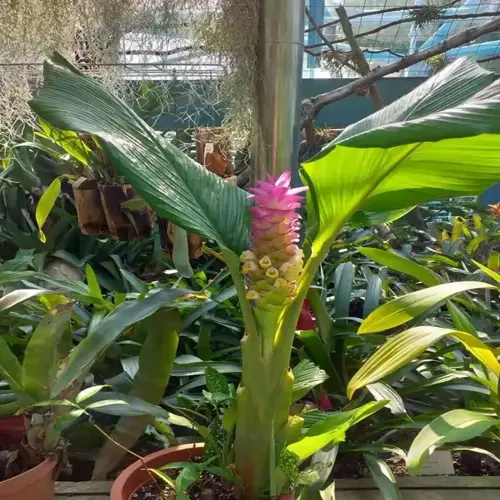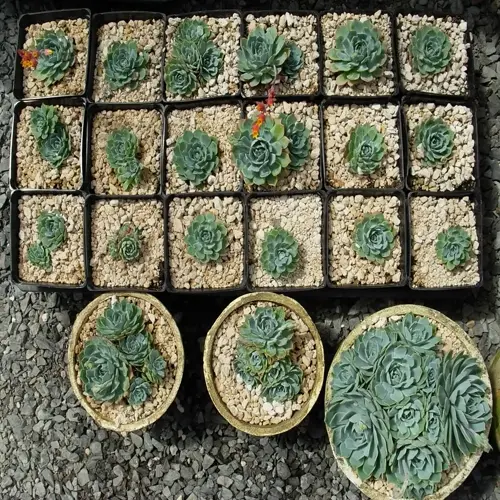Should you remove all old soil when repotting?

Written by
Michael Sullivan
Reviewed by
Prof. Charles Hartman, Ph.D.Keeping the original soil intact during a repotting protects delicate root systems. It ensures beneficial microbial communities are maintained and not disturbed. Obliterating soil creates unnecessary root damage due to shock. I keep any soil attached to the roots of my orchids intact to provide the fastest recovery time. It also allows you to have a balance of fresh nutrients and the existing biological community support for a healthier transition.
Root Protection
- Preserve soil clinging to roots to avoid root damage
- Gently shake off loose soil without aggressive washing
- Maintain root hairs essential for nutrient absorption
Microbial Benefits
- Retained soil houses beneficial microbes and fungi
- These microorganisms support nutrient processing
- Complete removal destroys established symbiotic relationships
Stress Reduction
- Partial retention minimizes transplant shock
- Familiar soil provides continuity during transition
- Keep at least 30% original soil unless diseased
Disease Management
- Remove all soil only when compacted or diseased
- Fungal infections require complete soil replacement
- Sterilize roots before repotting in contaminated cases
Using proper soil handling technique makes a huge impact. I gently shake to remove loose soil while keeping the attached soil intact. I cradle root balls with (2) hands. You maintain the liminality while exposing just the outer layer of roots for trimming. This saves a ton of recovery time.
Soil reuse requires careful consideration in terms of mixing with plants' needs. When mixing retained soil with new soil, it is best to use the right amounts to suit the desired plant. My fiddle leaf fig did great with a mixture of 60% retained soil. You are recycling nutrients while using a new growing medium simultaneously. This method is environmentally sustainable because it reduces waste without harming plant health.
Keep an eye on plants after conducting partial soil repotting with partial soil retention. Watch for favorable signs such as new growth within two weeks. I monitor leaf color and firmness each day during the adjustment period. You can implicitly know you have adapted successfully by noticing strong new growth. Once moisture in the soil is maintained effectively, the plants become more robust and ultimately healthier.
Read the full article: How to Repot Plants: 10 Essential Steps

